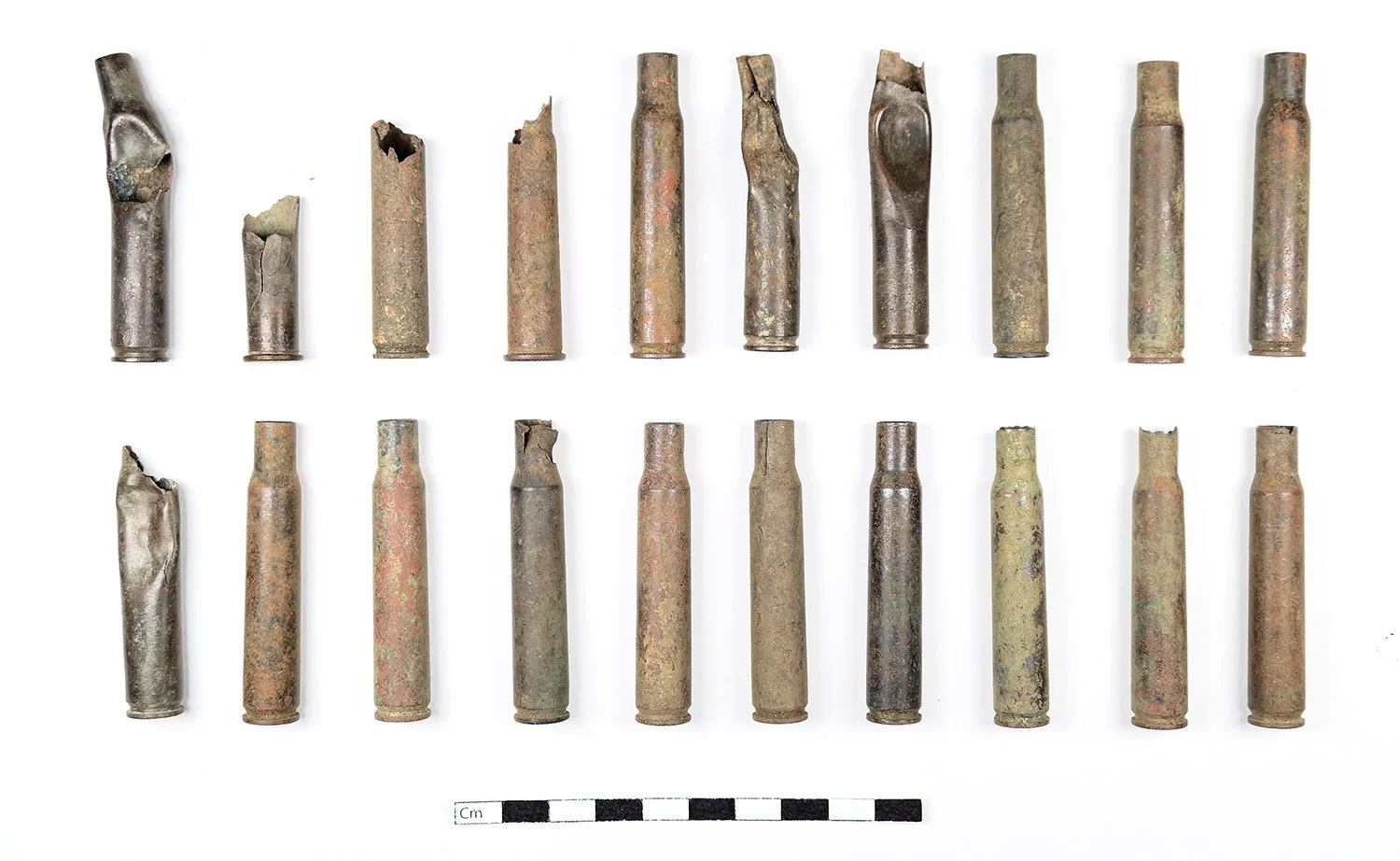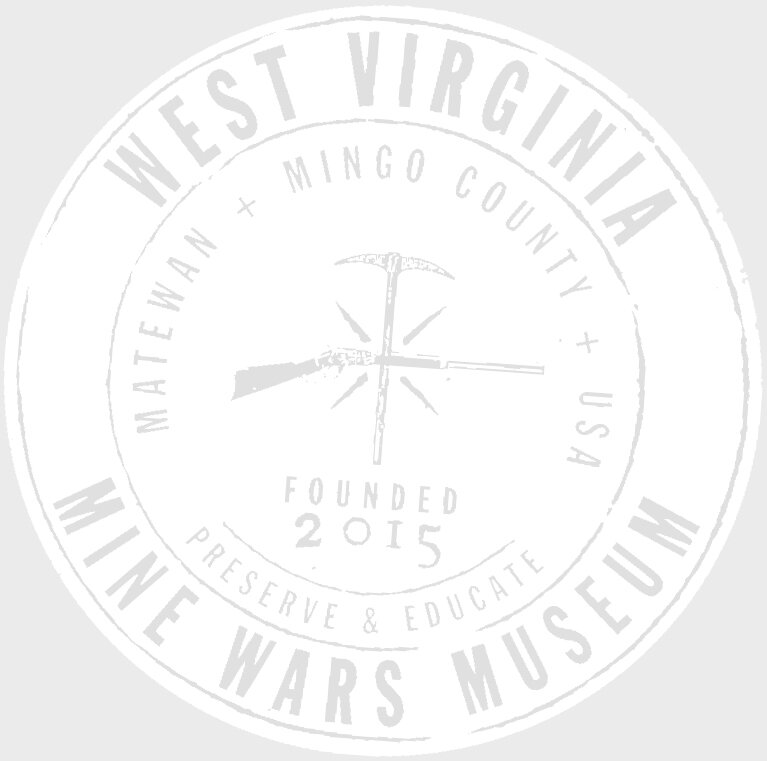Rednecks, Taylor Brown
forthcoming on St. Martin’s Press, May 2024
review by Shaun Slifer, museum Creative Director
The first time I saw John Sayle’s 1987 film Matewan, it was because a friend and I were looking for something to watch, browsing DVDs at the curated video rental shop Dreaming Ant in Pittsburgh (RIP). Nothing appealed to us that evening, surrounded by options we just kept coming up short. My friend eventually insisted on a movie I’d never heard of about troubles in a small coal mining town, and I relented even though I was on the fence about it. Matewan is a work of historical fiction, but it isn’t a straightforward build-up to a heroic shoot-out, justice triumphs, roll credits. Instead, Sayles and producer Maggie Renzi use the unionization struggles in the Appalachian coalfields at the beginning of 1920 as the setting for a perennial question that (crucially) the film doesn’t leave you with an easy answer for: in struggles against oppression and injustice, what is the role of violence? Letting my friend pick that night’s movie was a smart (lucky?) concession in retrospect, because watching Matewan fifteen years ago would open the road to the work I’m doing now, although of course I didn’t know it at the time.
Later, in 2015, when I was first getting involved in the West Virginia Mine Wars Museum, I crash-studied every history book that I could put a hand to about the events the museum would cover. All nonfiction, of course, because I was concerned with the facts! We were building a museum, after all, and I was working out how the history would be told to people who walked through our doors. Along with all of those Fact Books, Denise Giardina’s novel Storming Heaven (also published in 1987) was recommended to me, but I ignored it: it’s a novel, I thought, so what could I learn from it?
Adkins Fork (Blair area) archaeological survey ADF.001:
.30-30 Winchester casings + additional calibers, pencil in casing, Winchester magazine cap
Years later, after wrapping the immense work of redesigning and rebuilding this museum in our new space in 2020, I finally read Storming Heaven that autumn, and of course I’d been a fool to ignore it. The book is fantastic, a slowly unfurling nightmare about the horrors the coal industry brought to the Appalachian mountains, the lives and losses of the people and the land that this industry changed, and the mortal risks of organizing a union for the workers who mined that coal for a living. Particular to the Battle of Blair Mountain, what Giardina’s book did for me was what Matewan did: bypass any of the “glory of battle” narratives that myths are made of, digging instead into the reality of the violence, the shame, the courage and the confusion that is war, and all of the myriad oppressions and injustices that led up to it. For what is a war for the people who live it, for the people subjugated by it, for the families and children and the landscape itself? At the museum, we often say that the Mine Wars were buried by the authoritative powers that dictate school curriculums and by the coal industry itself. This is true, and we have the receipts to back up the claim. But what if another reason we didn’t learn about these stories is located somewhere murkier, in the shame of defeat, the horror of being pinned down by machine gun fire in the forest you grew up roaming, the confusion and loss of everything that came after?
That’s the power of fiction that I’d been neglecting: the force of bringing the story right to your gut and making you feel it in a way that a work of straight history may never be able to make “real”, including and in particular the most uncomfortable parts. Taylor Brown’s forthcoming novel Rednecks is this kind of book, and it’s an absolute stick of dynamite.
Based in the year leading up to the Battle of Blair Mountain, and then diving headlong into the battle itself, Taylor’s story brings alive moments I’ve sometimes tried to imagine when holding a handful of ammunition casings in our archive and conjuring the deafening staccato they echoed into the mountains. Rednecks warms those brass shells up in my hands, expands the shadows around the quiet corners of Matewan at night, makes me want to find and wander the ground where the tent colonies were, looking for evidence of the temporary homes that people staked there while the battles brewed and smelling the remnants of their cooking fires. It’s a muddy, sinewy, utterly human story, told in short, fiery chapters that jump between characters at an exciting pace.
I found myself nodding along at so many little details while reading Rednecks, constantly registering the historical facts and sources that Taylor was working with. I couldn’t help it, I’ve been digesting the minutiae of this history for years, and so I could tell you that Taylor has “done his research”, but that’s honestly selling it short. He’s dug about as deep as you can go, pulling experiences from everywhere: from obscure photo captions and court transcripts, oral histories and actual objects on exhibit in the museum, building a novel from the grains of historical reality, piece by piece by piece.
Adkins Fork (Blair area) archaeological survey ADF.001:
eighteen 30.06 casings of various makes + two .30-30 casings
If the scenes and shadows are cast from the archives, the characters are built from the memory and the soil of the place. Some were real people in their time, like the indomitable union organizer and battlefield leader Bill Blizzard, or the lesser-known “Bad Tony” Gaujot (who spends most of the novel mowing down unionist miners from a machine gun nest). Others are composites of multiple people who really lived, much like John Sayles did with protagonist Joe Kenehan in Matewan. Central to the story is Doctor Domit Muhanna, “Dr. Moo”, based on Taylor’s own great-grandfather, a Lebanese immigrant who became a well-respected physician in rural Kentucky in his time. Muhanna eventually finds himself running an ad hoc infirmary in a commandeered schoolhouse in Blair as the battle erupts all along the ridgeline and surrounding hollows, tending to the wounded and the dying. Reflecting the multi-ethnic reality of the coalfields, Dr. Moo gives us something of a center to hold on to, a worried father and husband, dedicated to his community as well as to the wounded strangers who continue to pour down the hills and into his arms.
Rednecks hit me like Sayles’ and Giardina’s work has, and there’s so much obvious care taken with the creation of this book. It is, after all, based on remarkable true stories, some of which, like the 1920 Battle of Matewan and Sid Hatfield’s subsequent assassination the following summer, seem almost impossibly dramatic, mythological. But Taylor resists canonizing and embellishing, choosing instead to surround us with heroes of the normal sort, the ones whose stories will get passed down, as our director Kenzie is fond of saying, over kitchen tables and through generations.
pencil pressed into ammunition casing, from ADF.001
Taylor will be launching his book with an event at the museum this upcoming May 18. Join us if you can, don’t miss the annual Matewan Massacre outdoor theater celebration, and in the meantime you can pre-order a copy of the book here! Big Bonus: the book’s cover design is by Jonathon Bush, who works for St. Martin’s and who we’re damn lucky to have as designer of our regular journal, In These Hills!
In the meantime, whet your appetite for the book with this short fiction Taylor Brown published in Bitter Southerner last year, “Rednecks: A Short Fiction of the South, 1920 to the Present Day”.
medicine bottle with prescription label, WS.0008






